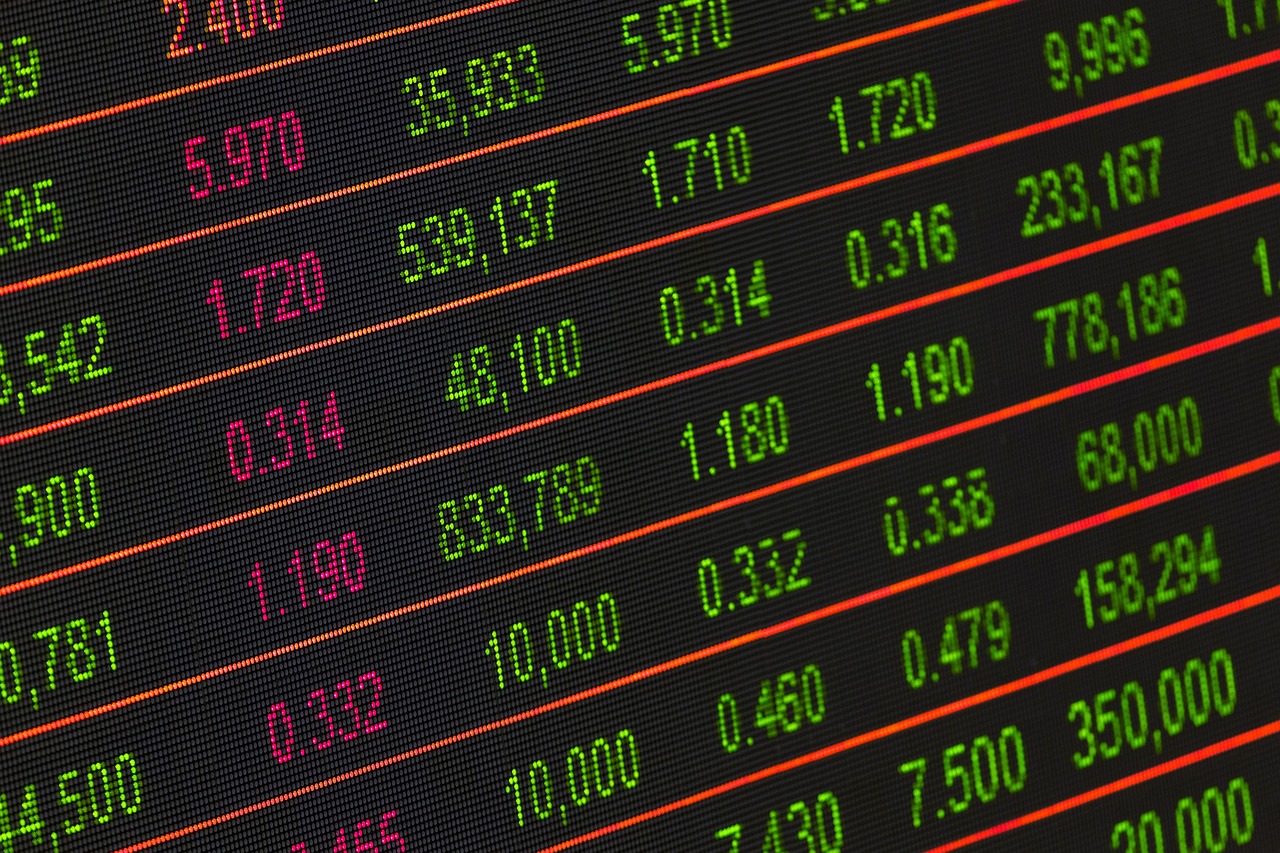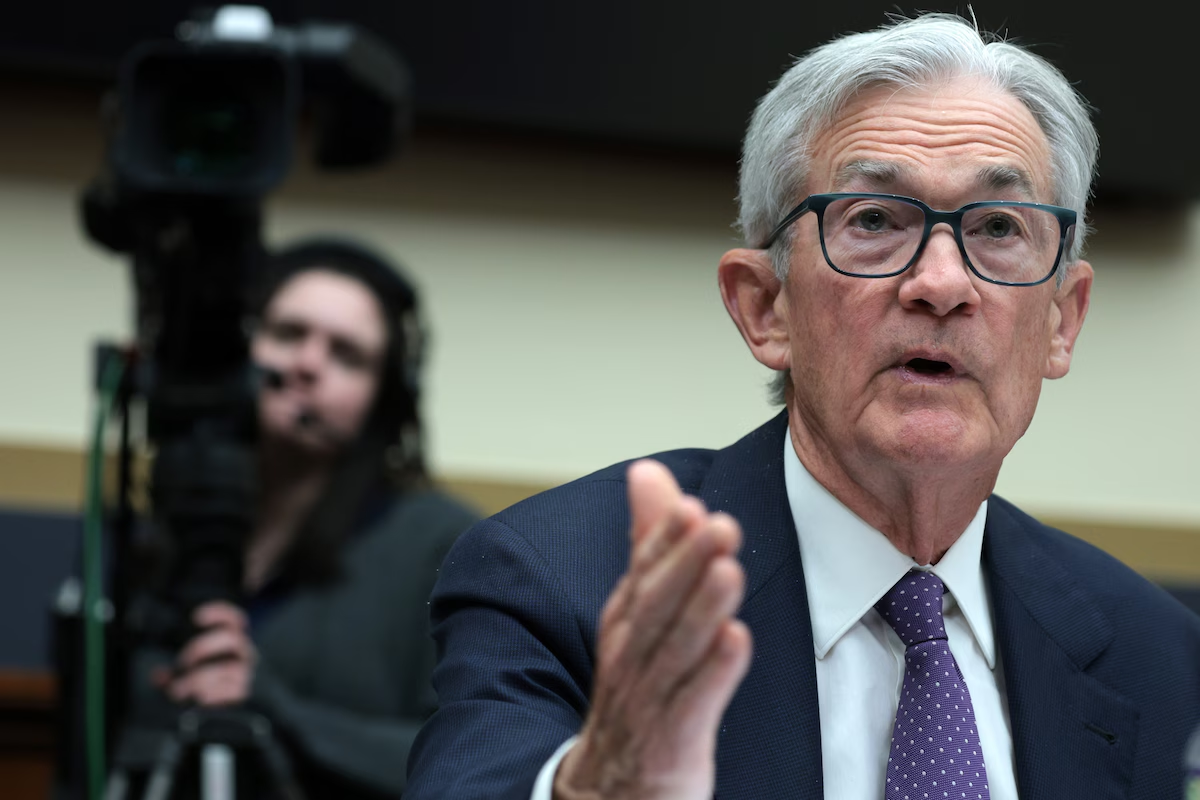One important consideration for investors thinking about buying exchange-traded funds, or ETFs, is the fund’s weighting methodology. Weighting is an important aspect of position sizing. It refers to certain characteristics of a stock and how much weight, or importance, that characteristic is given in determining how much of a stock to hold in a portfolio.
Weighting can be based on many factors. A fund – or a fund’s benchmark – might, for example, be dividend-weighted, meaning more emphasis is put on stocks with higher dividends. Some funds and indexes are weighted based on public float. Others are weighted according to liquidity, trading volume or a number of other factors. The most popular and widely used weighting method is market-capitalization weighting, often called cap-weighting for short.
Cap-weighted funds and indexes place greater emphasis on larger companies as determined by market cap. In cap-weighted funds, larger companies get larger allocations and have more impact on overall total return. Bigger companies are seen as stronger and more financially sound. They get more attention from investors and Wall Street brokers, often leading to greater volume and higher stock prices. It makes some sense to use a cap-weight methodology, but there can be drawbacks.
Without position size caps or other safeguards, a strictly proportionate cap weight can give an unwanted influence to very large or mega-cap companies. This can have the effect of diminishing a fund’s diversification and causing undue concentration risk.
One excellent way for ETF investors to avoid such concentration risk is by investing in equally weighted funds. Equal weight funds invest roughly the same amount of money in every stock they own. When a stock holding appreciates to the extent that it throws the portfolio out of balance, the position is trimmed and the proceeds are redistributed to achieve an equal weighting. If, on the other hand, a stock depreciates, funds are allocated to that stock until equilibrium is reached once again. The process is called rebalancing.
In equal weight funds, smaller companies get the same exposure as larger ones. The result is a more balanced and diversified portfolio compared to cap-weighted finds where just a few companies can dominate performance.
If equal weight ETF investing makes sense to you, check out this list of seven of the best-performing equally weighted ETFs on the market:
| Exchange-traded fund | Forward Dividend Yield | Market Cap | Expense Ratio |
| ARK Israel Innovative Technology ETF (ticker: IZRL) | 0.4% | $104 million | 0.49% |
| Direxion Nasdaq-100 Equal Weighted Index Shares (QQQE) | 0.8% | $1.3 billion | 0.35% |
| SPDR S&P Telecom ETF (XTL) | 0.6% | $153 million | 0.35% |
| WisdomTree Cloud Computing Fund (WCLD) | 0.0% | $493 million | 0.45% |
| SPDR S&P Aerospace & Defense ETF (XAR) | 0.6% | $2.9 billion | 0.35% |
| WisdomTree Artificial Intelligence and Innovation Fund (WTAI) | 0.2% | $221 million | 0.45% |
| First Trust Dow 30 Equal Weight ETF (EDOW) | 1.6% | $236 million | 0.60% |
ARK Israel Innovative Technology ETF (IZRL)
The country of Israel is a geopolitical hot spot. It’s a nation that’s constantly embroiled in controversy and often engaged in armed conflict with its neighbors. It also happens to be a world leader in health care and technology innovation.
IZRL is a small, $104 million ETF passively managed by Cathie Wood: one of Wall Street’s most dynamic and successful portfolio managers. ARK mirrors the ARK Israeli Innovation Index, which tracks the performance of a basket of about 40 stocks with disruptive, market-moving biomedical and information technology. The index was custom-designed to be a benchmark for the fund.
The fund focuses on genomics, advanced health care technology, biotech, robotic manufacturing, information technology and the internet. The fund employs an equal weight methodology and has turned in excellent performance numbers so far in 2025. Year to date, IZRL is up about 11.2%. That compares quite favorably with the broad-market S&P 500, which has appreciated about 3.2% for the period, and the tech-heavy Nasdaq Composite Index, which is up about 1.7% for the year.
The fund has an expense ratio of 0.49% and a current dividend yield of about 0.4%.
Direxion Nasdaq-100 Equal Weighted Index Shares (QQQE)
Technology stocks can be volatile, but investors cannot afford to neglect them in our modern, information-driven economy. Invesco QQQ Trust (QQQ) is a mainstay of tech investing and one of the largest and most popular ETFs in the investing world. Most investors know that QQQ mirrors the tech-focused, cap-weighted Nasdaq 100 Index. QQQE is an equal weight version of that famous index sponsored and administered by Direxion Shares ETF Trust.
QQQE is perfectly suited for investors who appreciate the track record of QQQ but see the wisdom in owning an equal weight version of the fund going forward. The fund tracks the Nasdaq Equal Weighted Index. That benchmark contains the same stocks as its sister index, but it allocates assets equally instead of favoring bigger companies.
So far in 2025, QQQE has been a stellar performer. The fund has appreciated about 6% year to date. That’s almost double the roughly 3.3% year-to-date return QQQ has experienced.






Leave a Reply